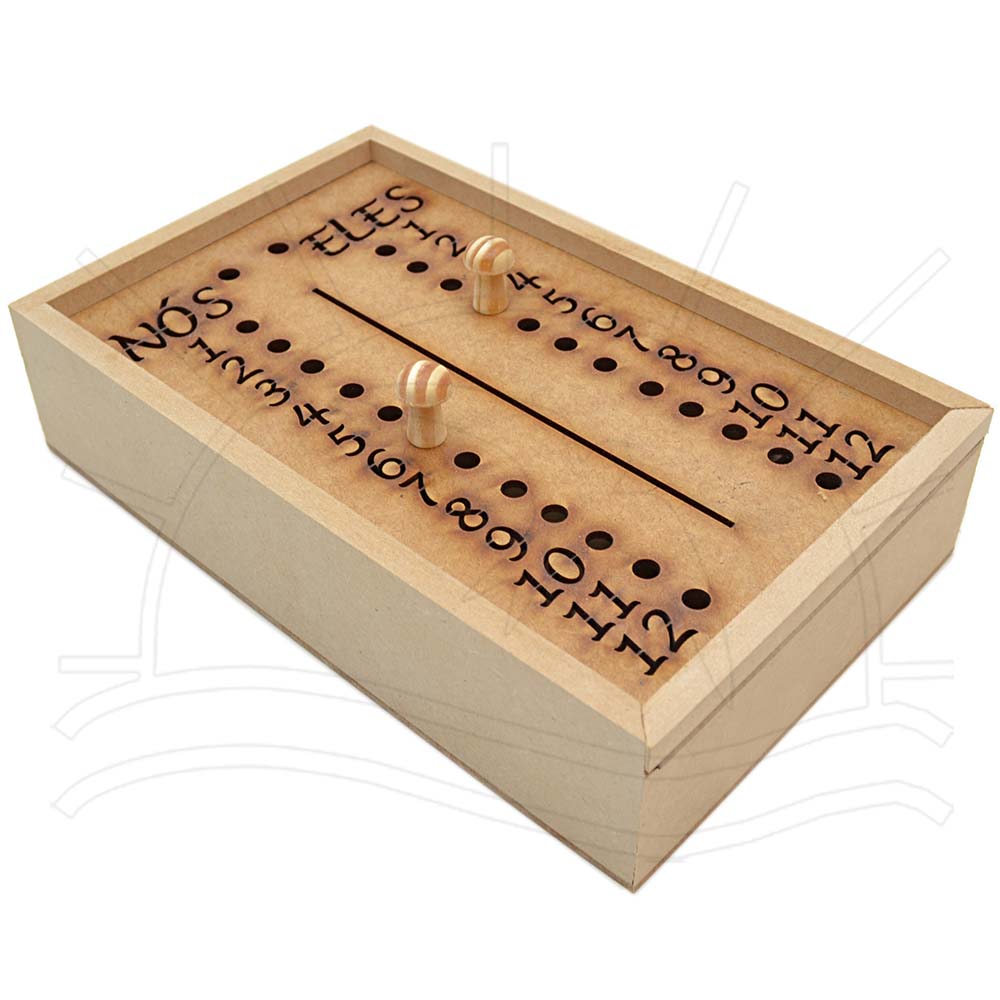Foods, Free Full-Text
Por um escritor misterioso
Descrição
In today’s era of increased food consumption, consumers have become more demanding in terms of safety and the quality of products they consume. As a result, food authorities are closely monitoring the food industry to ensure that products meet the required standards of quality. The analysis of food properties encompasses various aspects, including chemical and physical descriptions, sensory assessments, authenticity, traceability, processing, crop production, storage conditions, and microbial and contaminant levels. Traditionally, the analysis of food properties has relied on conventional analytical techniques. However, these methods often involve destructive processes, which are laborious, time-consuming, expensive, and environmentally harmful. In contrast, advanced spectroscopic techniques offer a promising alternative. Spectroscopic methods such as hyperspectral and multispectral imaging, NMR, Raman, IR, UV, visible, fluorescence, and X-ray-based methods provide rapid, non-destructive, cost-effective, and environmentally friendly means of food analysis. Nevertheless, interpreting spectroscopy data, whether in the form of signals (fingerprints) or images, can be complex without the assistance of statistical and innovative chemometric approaches. These approaches involve various steps such as pre-processing, exploratory analysis, variable selection, regression, classification, and data integration. They are essential for extracting relevant information and effectively handling the complexity of spectroscopic data. This review aims to address, discuss, and examine recent studies on advanced spectroscopic techniques and chemometric tools in the context of food product applications and analysis trends. Furthermore, it focuses on the practical aspects of spectral data handling, model construction, data interpretation, and the general utilization of statistical and chemometric methods for both qualitative and quantitative analysis. By exploring the advancements in spectroscopic techniques and their integration with chemometric tools, this review provides valuable insights into the potential applications and future directions of these analytical approaches in the food industry. It emphasizes the importance of efficient data handling, model development, and practical implementation of statistical and chemometric methods in the field of food analysis.
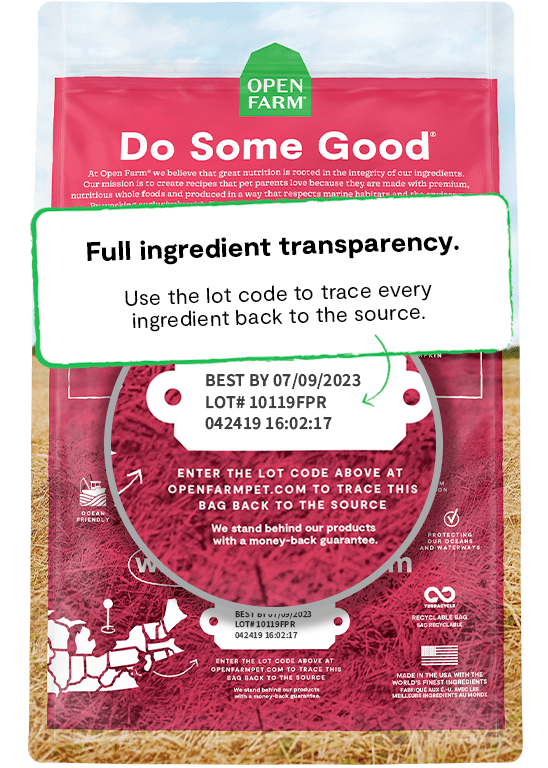
Open Farm Grain-Free Wild-Caught Salmon Recipe Dry Dog Food
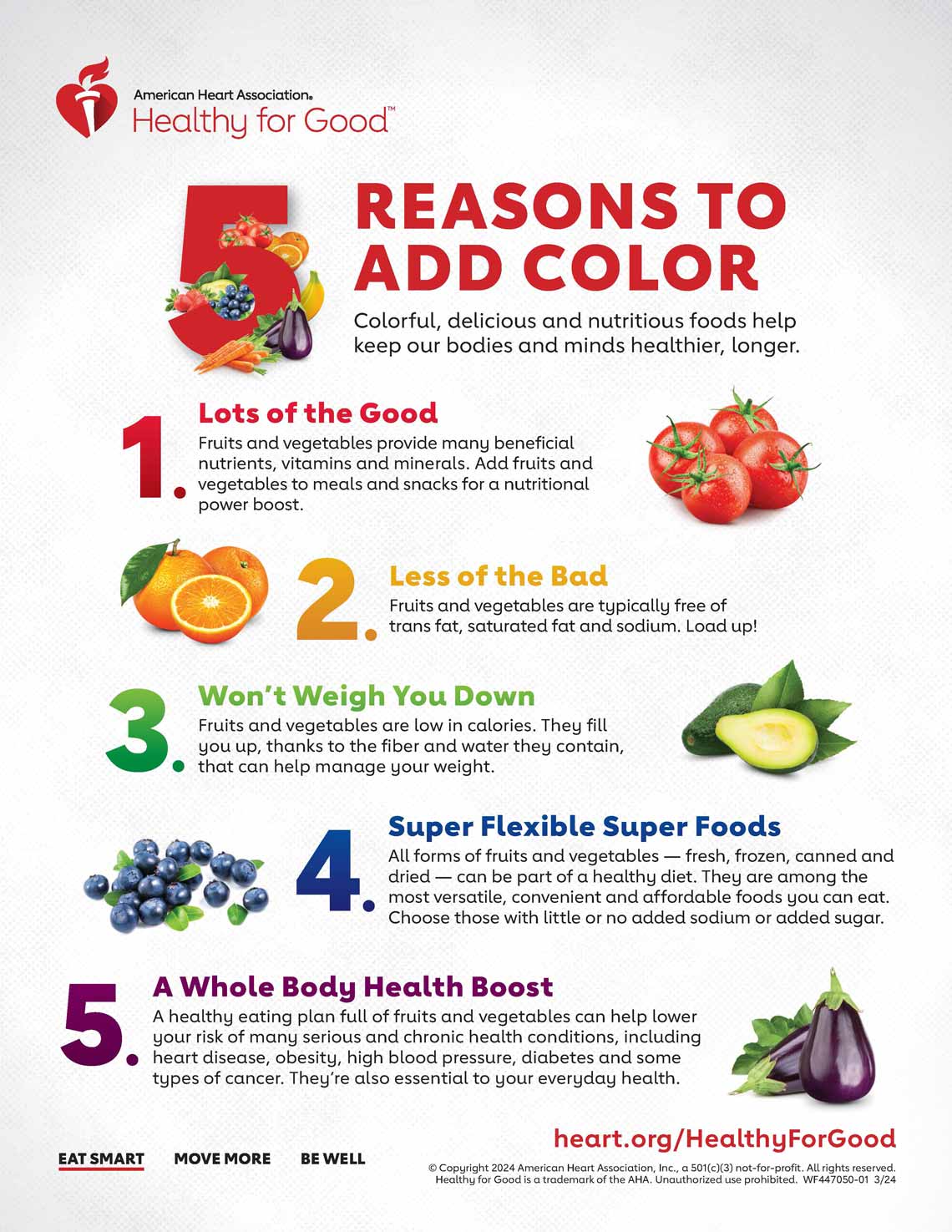
5 Reasons to Eat More Color Infographic

21 Day Fix Meal Plan Vol. 6 {All Meals, All Brackets

Fullove Foods Los Angeles CA
_1629134338__18335.original.png)
Buy Full Flavor Foods Products
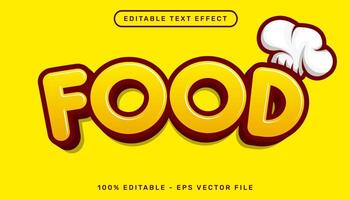
Food Text Vector Art, Icons, and Graphics for Free Download
Doctor Yum Recipes
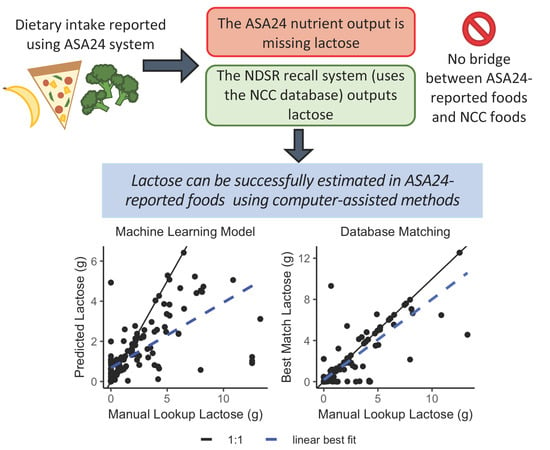
Food Nutrients Database - Colaboratory

Food Banner: Pasta, Chicken, Pumpkin, Salad, Meat, Mushrooms. on a
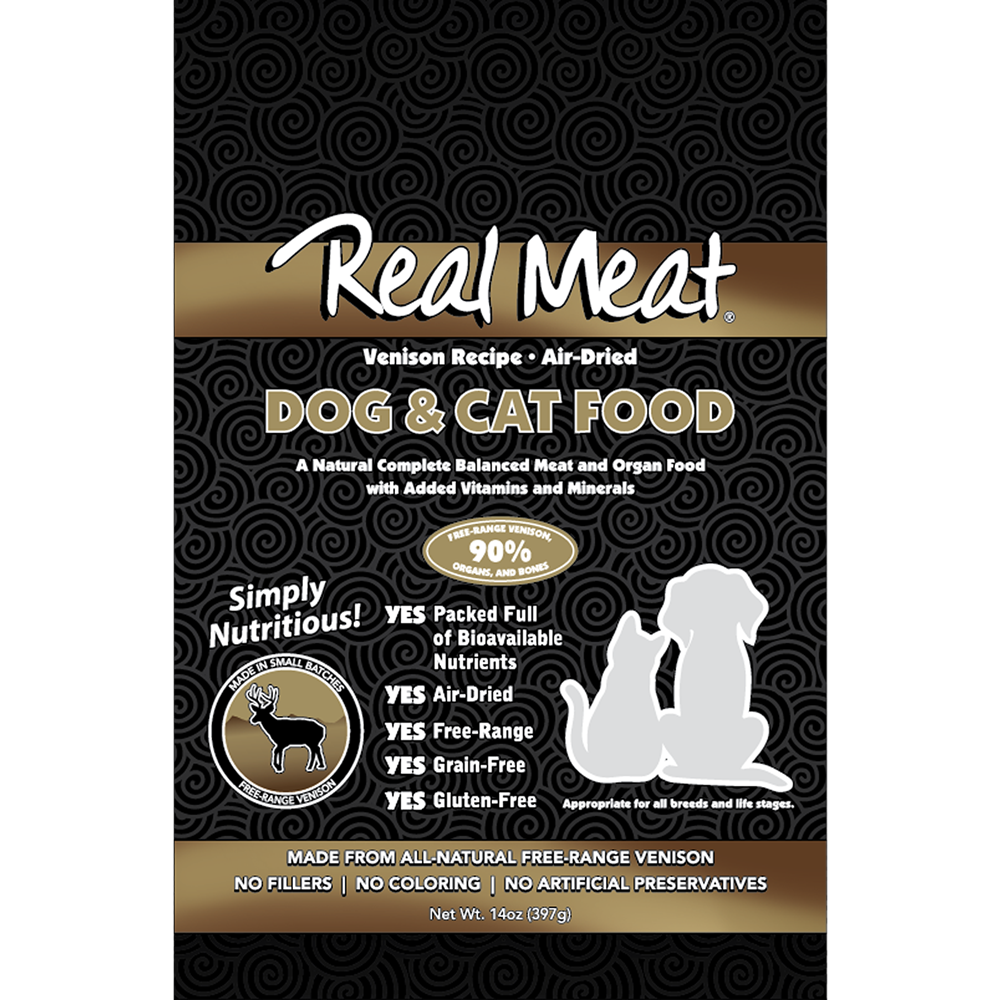
14oz Venison Dog & Cat Food

Private Label Whole Food Vitamin D Lozenge

Organic Buzz Free Decaf Full City Roast Ground Coffee, 10 oz at
de
por adulto (o preço varia de acordo com o tamanho do grupo)

